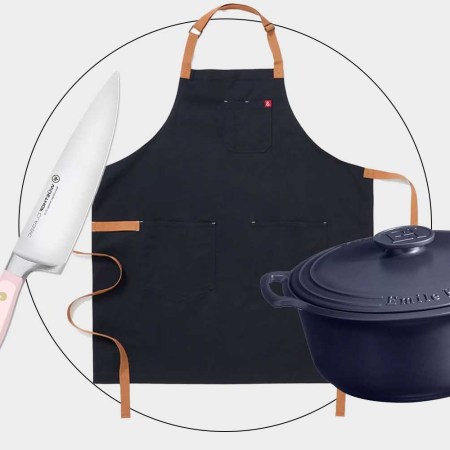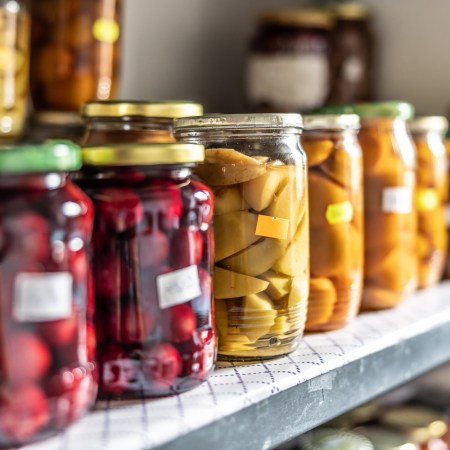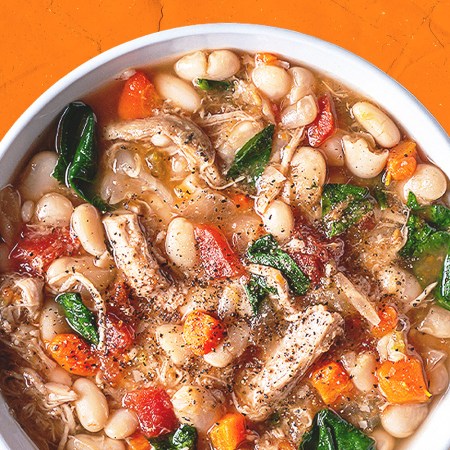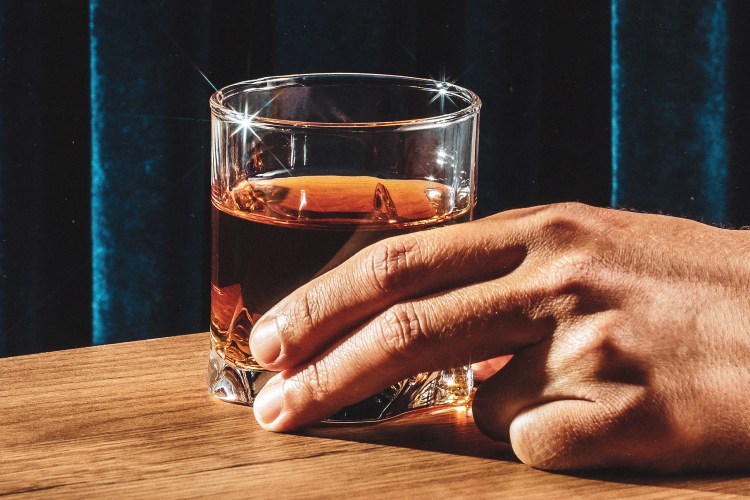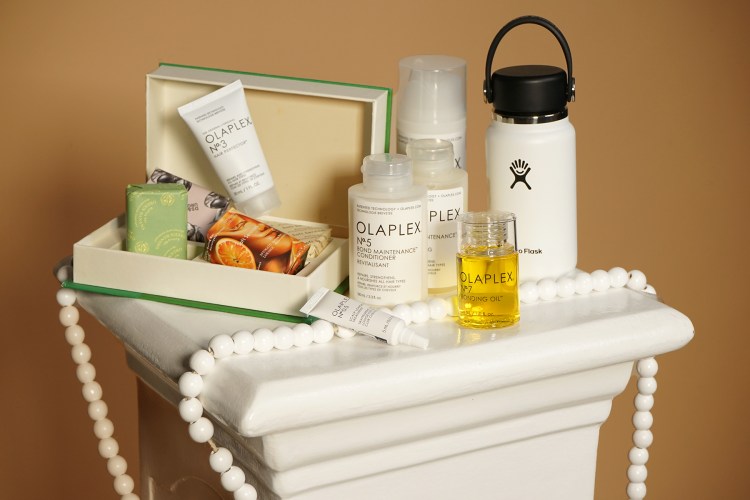Ham is your friend.
They may scare you in the abstract. Much like a Thanksgiving turkey, a whole ham is a rather overwhelming hunk of meat that, if not prepared properly, will disappoint you and your Easter brethren.
But, little secret here: ham is easy. And worth it.
So herein: Going HAM on a Ham, or the six things you need to know about cooking it to perfection.
We’ve got the meat, the expert and the recipe.
If you have 90 seconds, we’ll make your Easter (or other non-denominational day) proud.
Our ham: Snake River Farms, ranch-to-table masters of artisanal meats, from kobe beef to marbled Kurobuta (Berkshire) pork, aka “The Kobe beef of pork.”
Our recipe: A double-smoked ham with a peach pomegranate glaze.
Our expert: Clint Cantwell, formerly of Grilling.com and current editorial director at Kingsford and Grillocracy (their motto: “Welcome to the Republic of Smoke & Flame, where grilling is more than a hobby — it’s an art”). The man knows from grilling … and delicious pork-y Easter products.
His Easter ham tips:
Use a smoker.
“Reheating your ham in a smoker or over indirect heat on a grill takes the smokiness and flavor to a new level,” says Cantwell. But, yes, you can use an oven — the majority of pre-cooked hams have already been smoked.
For glazes, it’s all about simplicity, sweetness and timing.
While many hams come with a packet of glaze, making your own sweetness will personalize it. “You could reduce fruit juice by heating it in a pan until it coats the back of a spoon, perhaps even adding a little Dijon mustard for extra zip,” says Cantwell. “And reduced [thickened] Coke or Dr. Pepper is also a good option.” Avoid adding the glaze until the last 15-20 minutes of cooking, as the sugars in the glaze can burn. “This is the biggest mistake people make: it ruins the overall taste.”
This isn’t turkey: don’t worry about drying it out.
Hams have a fair amount of fat that helps keep them moist, and may even be injected with a water solution to add more moisture. For the really cautious, wrap the ham in foil, removing at the very end when adding the glaze. Or place on a roasting rack in a pan and add some water to the bottom of the pan, then cover with foil. This steams the ham.
Seek out hams from Heritage breed pigs.
High end hams such as the Snake River Farms Kurobuta “have a huge flavor difference between them and those mass-produced spiral hams you see around the holiday,” says Cantwell. “The high-end hams may cost more, but the overall quality and the reaction you will get from your guests is worth it.” The criteria for Heritage labeling can be found here — it’s a combination of careful breeding habits, diets that allows hogs to “exhibit natural omnivorous behavior” and herds that are free from administered growth hormones and various antibiotics.
You need days to defrost a ham, ideally. But there are short cuts.
Most store bought hams are already thawed. But if yours is frozen, Cantwell suggests placing the ham — still sealed in its packaging — in the sink and covering completely with cold water. Replace the water with more cold water about every 30 minutes to keep it at a safe temperature (thereby avoiding bacteria growth) until it thaws (20-30 mins. per lb.).
Don’t worry about color.
“If you happen to buy a fresh ham and plan on roasting it at home, be aware that the final product won’t have that distinctive pink color we usually associate with holiday hams,” says Cantwell. “It will be the color of a pork chop.”
Every Thursday, our resident experts see to it that you’re up to date on the latest from the world of drinks. Trend reports, bottle reviews, cocktail recipes and more. Sign up for THE SPILL now.
